900 x 450 ceramic tiles are proper for high traffic places. Its design can withstand exterior applications. Tile is the ultimate choice for outdoor use. But before you can understand why tile is the right choice for your next exterior home improvement project, you need to understand what tile really is and its benefits.
Tiles are made from specific material combinations. The main material is clay; adding sand, kaolin and feldspar will increase the density and therefore the strength of the tiles – then add the color pigments.
These organic materials make porcelain an eco-friendly and sustainable material – an important factor in our eco-conscious world. After fine grinding, the material is pressed with a power greater than 400 kg/cm2 and then fired at a very high temperature.
Pressing and firing are very important parts of manufacturing, resulting in strong tiles that are both heat and frost resistant. It also leads to vitrification, making the material waterproof. As a dense and durable material, porcelain is easier to maintain than other natural materials.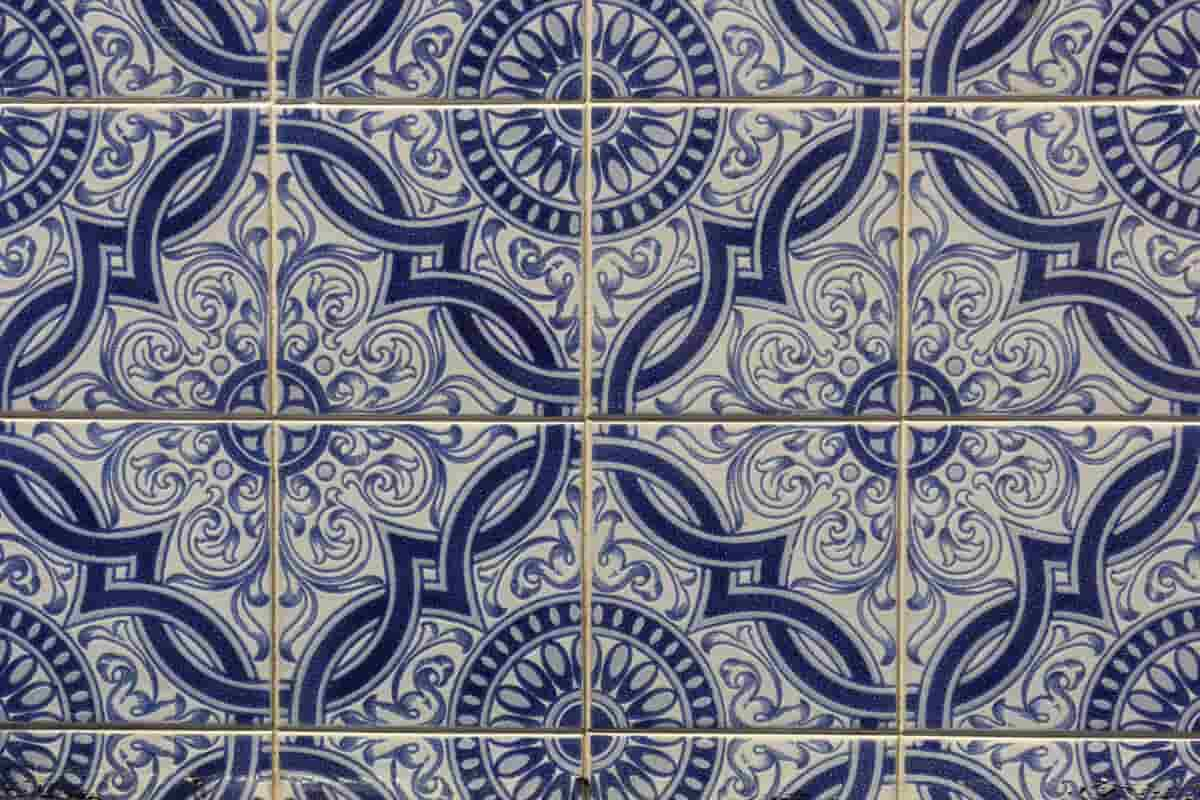
While natural materials such as wood, cement, or natural stone require sealants and regular maintenance, porcelain is a low-maintenance alternative as it is non-porous and therefore does not absorb liquids like materials. natural.
Porcelain stoneware is a ceramic material characterized by a high degree of density, which makes it particularly suitable for exterior wall coverings and flooring in high traffic areas.
In addition, porcelain is characterized by a very low porosity, almost zero. Therefore, it is impervious to water, acid, and dirt, easy to clean, and suitable for high traffic areas.
- They do not tolerate mold or mildew
- Easy to maintain and clean
- Will not smudge or fade under UV light
- Very durable, waterproof, and frost resistant
- Can create the look of natural materials such as stone, marble, and wood
- Available in collections with matching interior finishes for indoor-outdoor flow
- Effective against many acids in rainwater, salt in the soil, and other corrosive chemicals
- The 2 cm slabs can support loads of up to 1000 kg
Compared to polished or glossy tiles often used in luxury hotel lobbies, exterior wall tiles have a surface texture that makes them slip resistant. The invisible grain on outdoor tiles provides excellent traction when the tile is wet, making it perfect for pool tiles.
Typical absorption rates are less than 0.5%, which is why porcelain is the first choice for landscaping with sprinklers and private pools. The focus has also recently shifted to 2cm thick tiles. Previously, 1cm tiles were the tiles of choice for indoor and outdoor use.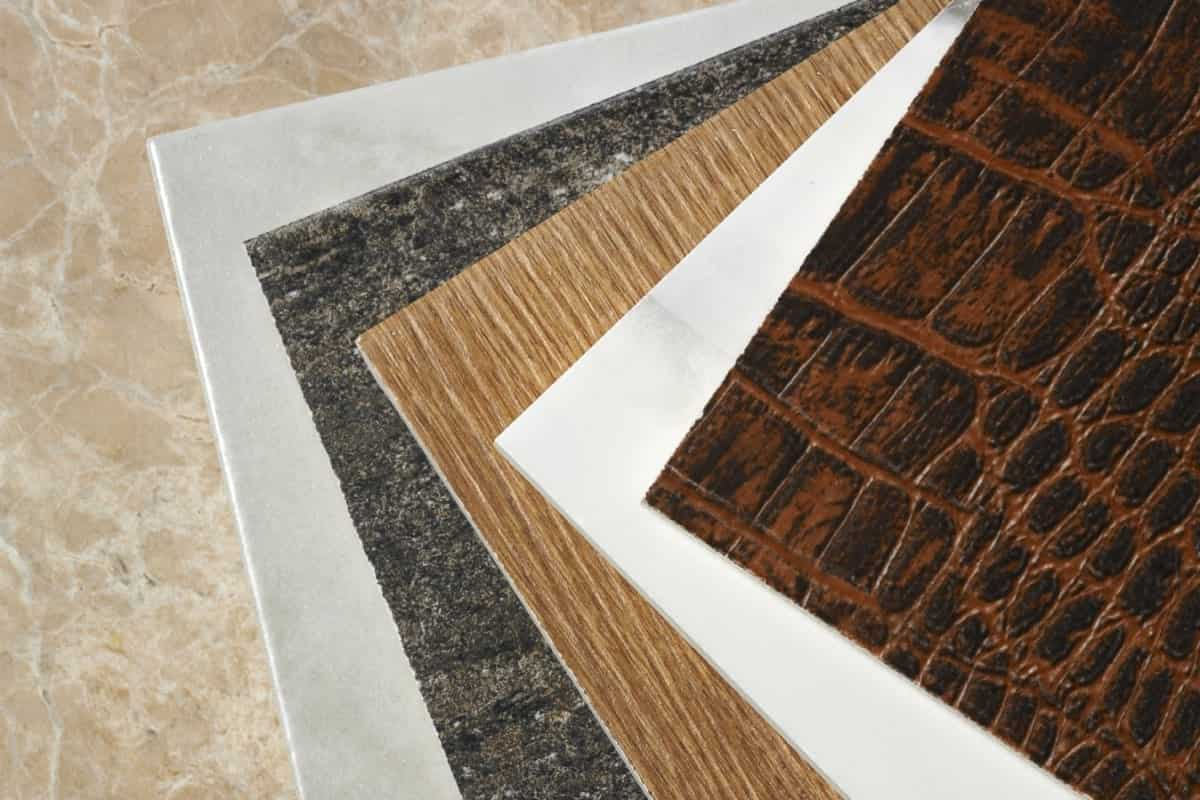
Now, for various reasons, 2 cm tiles are becoming increasingly popular. For one, they are very durable and perform well in both hotter and colder environments. Although there are some technical differences, aesthetically speaking, many collections offer interior and exterior finishes to ensure the flow of life from inside to outside.
All features are doubled. 2cm exterior porcelain is twice as strong, has twice the impact and abrasion resistance – like driveways – and can withstand temperatures as high as 60°C and as low as -50°C.
Thicker tiles are also noticeably heavier, allowing for a variety of installation methods. It’s the best choice for a durable exterior, offering a range of accessories from L-shaped elements to corner steps.
For a designer specifying tiles, there are many factors to consider, the top three techniques I recommend are:
- Slip Note
- SRI – Solar Reflectance Index Value
- Abrasion resistance
Governments and operators usually set slip rating requirements between R9 (minimum exterior rating) and R12, such as are often specified around hotel swimming pools. The solar reflectance index indicates how well the tiles reflect the sun’s heat.
These values are important for hospitality and walkways, both aesthetically durable and comfortable for guests strolling poolside. Although these values do not normally appear on standard data sheets, our landscape architects consider this to be an important consideration – especially in climates with temperatures up to 50°C.
Abrasion resistance is on a scale of 0 to 5, also known as a PEI rating. Interior bathroom wall tiles will have a lower proportion and exterior loading areas will require a maximum rating of 5.
In high traffic areas like lobbies and sidewalks, it is important to ensure that the tiles look as good as they did when they were first laid in 20 years – specifying tiles with the correct wear rating is one way to ensure this.
Outdoor tiles are available in many creative styles and colors, from classic to contemporary, from glossy to minimal, and from natural to modern.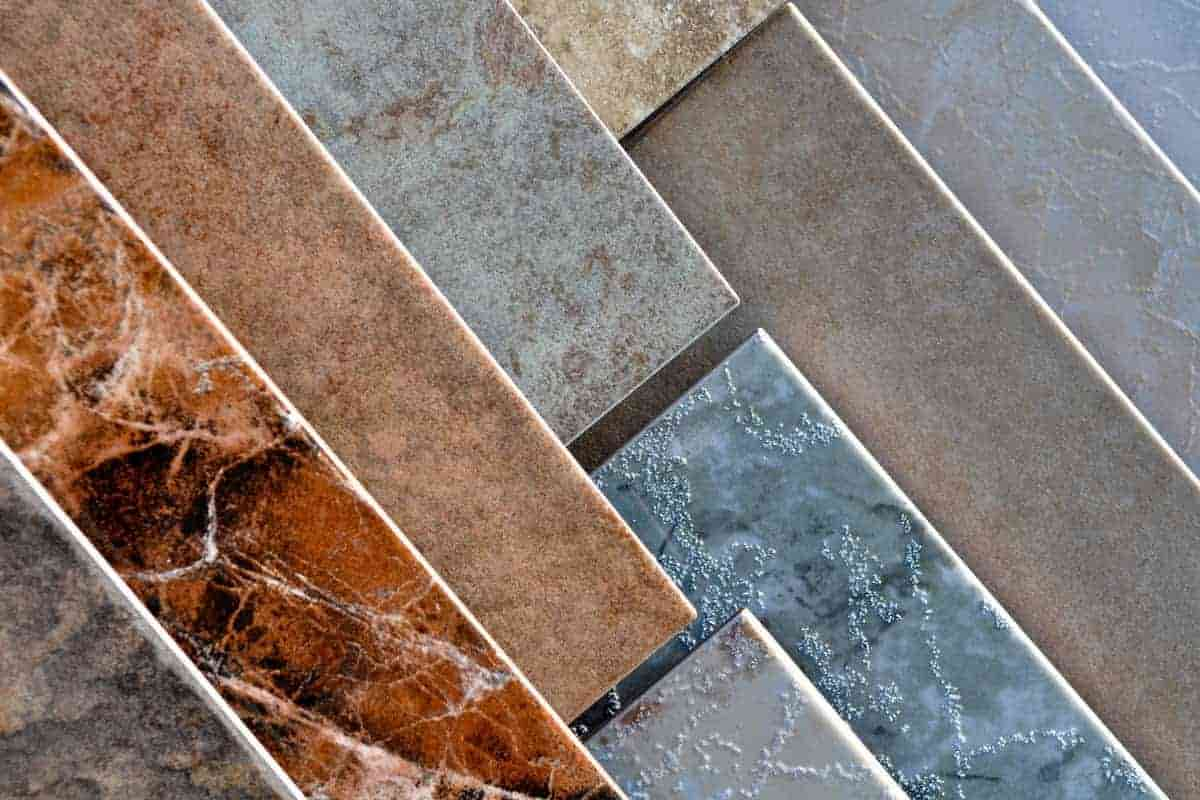
The variety of shapes, colors, and sizes and the search for a natural look allows unlimited designs. Sizes from 20x20cm to 120x120cm are popular, depending on the region. 1cm was the “go-to” thickness and 2cm is now gaining market popularity in high traffic areas.
On the aesthetic side, as digital printing technology advances, manufacturers are producing tiles with unique and less repetitive patterns. For example, marble surfaces should be randomly arranged and look organic. Terrazzo, concrete, and wood effects are also becoming increasingly refined with modern printing capabilities.
This results in well thought out tiles with more accurate designs and excellent reproductions of natural materials. Perfect for indoors and outdoors, these natural tiles create a uniform look with just a change of finish.
Terrazzo is a current trend, as well as an elegant and timeless choice for the home and hospitality industry. The original origins of terrazzo saw it as an extremely durable and long-lasting material: Venetian workers in the 16th century salvaged shards of marble, granite, quartz, and glass by throwing them on cement floors,
which were then ground and polished. Today, it is an admirable aesthetic. Concrete and wood are also popular materials due to industry trends and demand for outdoor activities.
Due to their versatility, they can extend from the living room to the patio and the pool. These organic effects also compliment all materials and colors of indoor and outdoor furniture.
I love working with my gallery clients to create furniture and tile mood boards so we can find the best materials for their desired style.
First of all, I like to schedule my appointments on site or in the building area of the gallery tile library. It’s important for designers to brainstorm with their designs and laptops, which they can bring and sample, as well as see a full-size tablet.
Our library is stocked with 10x10cm swatches to help build their project mood boards and has fabric and material swatches from our furniture on hand to build a complete overview.
Once the specification is complete, we work in parallel with the customer to provide technical support and samples to help them complete the specification smoothly. Our lunch and learn sessions are also popular, allowing designers to keep abreast of the latest trends and new materials being launched.

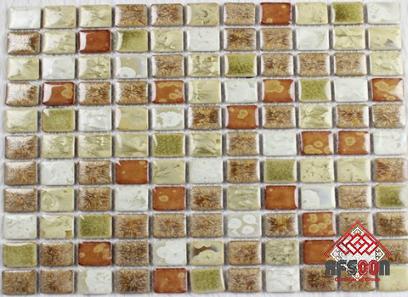

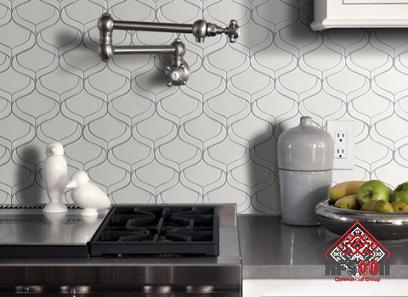
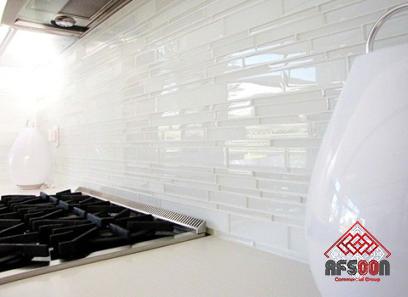
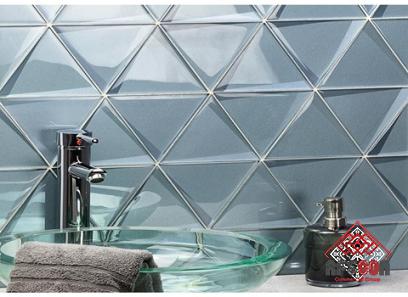
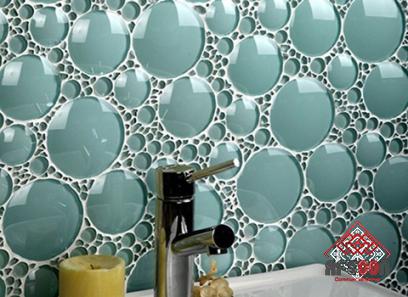

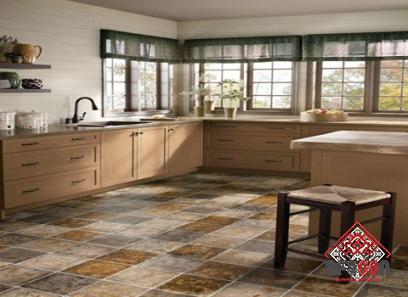
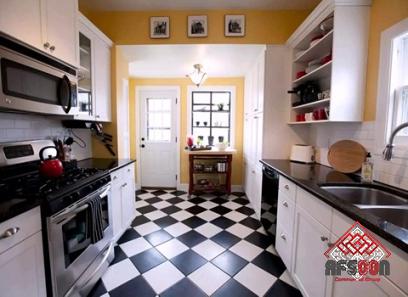
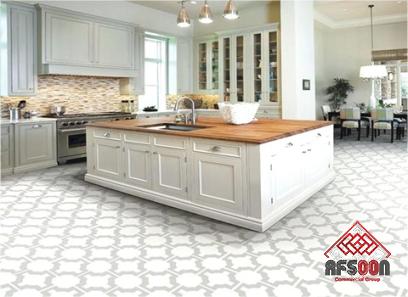
Your comment submitted.